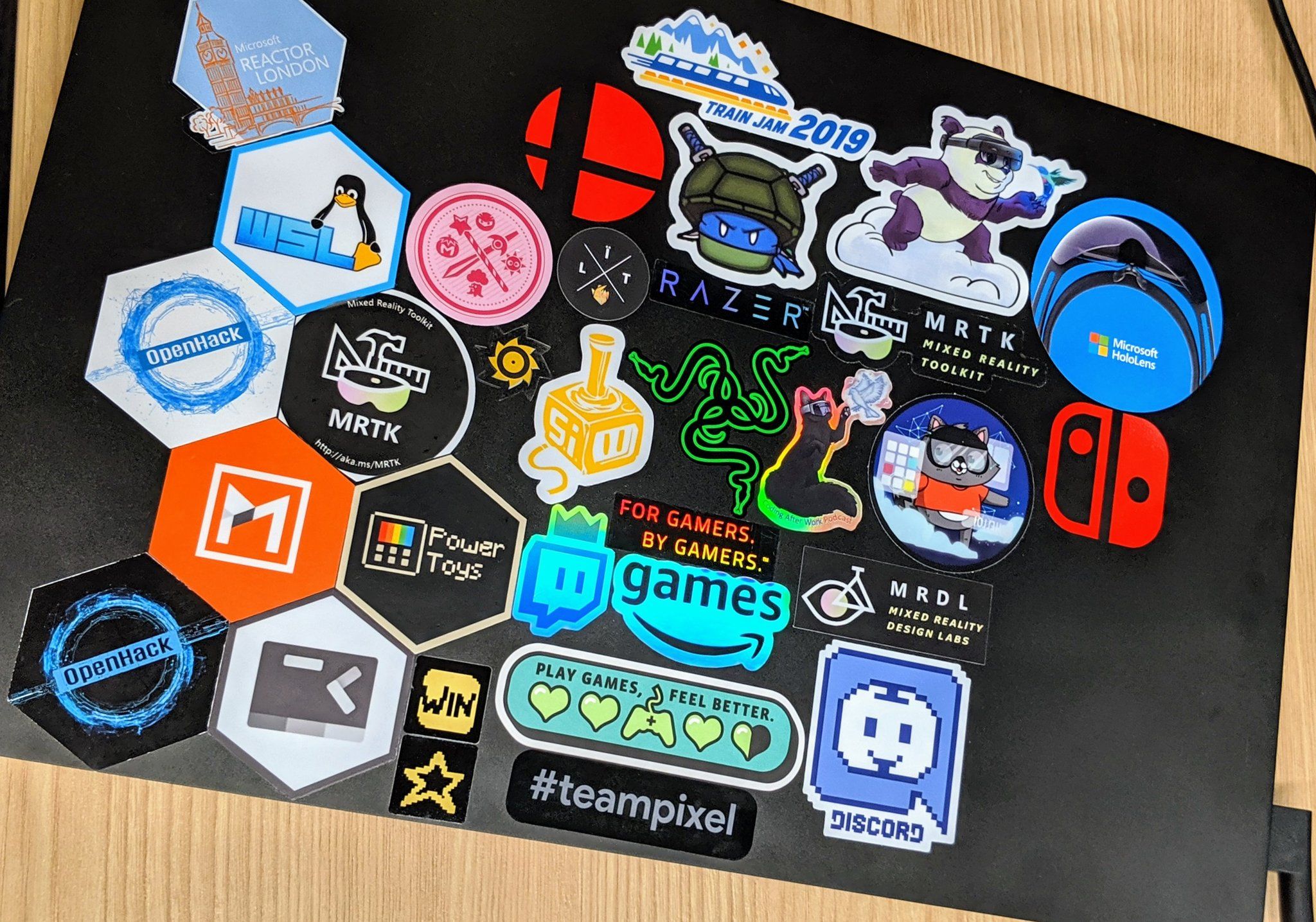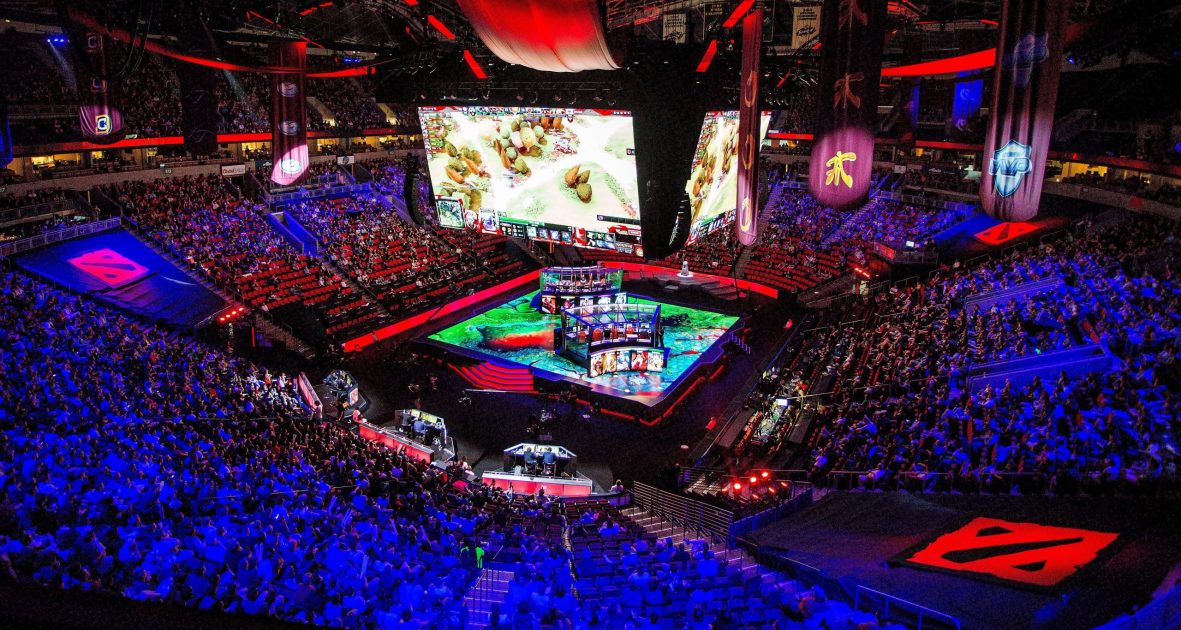We all know that the modern gaming industry relies heavily on rendering. Even the simple 2D games are often run through fairly complex processing devices in order to create their game. Even old graphics from the Resident Evil 1 era, with their limited polygon counts, were heavily reliant on rendering hardware to get their game out on time. The “New Sunrise” is not the rendering itself, or even the new technology, the new sunrise is the rendering services that now exist. Creating good games for console and PC has never been as time efficient.
Creating and Testing a Game
In the old days (of about ten years ago), if you wanted to set up a software company to create games, you had to build very simple games, and you needed plenty of hardware. This hardware would run your design programs, and then you would render out your scenes to test them. Even ten years ago, rendering didn’t tie up your computers completely, but it certainly wasn’t time and cost efficient.
Then, around five years ago, you set up a software company, bought your own hardware, and you rented a few servers. They would do most of the test rendering work. It wasn’t time or cost-efficient, but at least you could work at full capacity on other parts of the game without having to slow down or stop.
Nowadays, if you want to set up a software company, you can do it with a few high-end PCs and with the RebusFarm rendering service. Instead of renting a few servers, you get all the computing power you need, and you only pay for what you use. The amount of time you waste waiting for your renders to complete is tiny when compared to just five years ago. This is why Steam, the Xbox and PlayStation stores are so full of shovelware. Anybody can create a game these days.
Real-Time, Pre-Rendered and Full Renders
Your options are a little more open if you use a rendering service. You can send off your work and receive full renders back in return. This is all the more useful now that fiber optic Internet exists because you don’t have to wait as long for downloads. Then, there are services that also allow you to run real-time renders, and you can piece-meal your work by creating pre-rendered tests, just to check for errors and such. It is just like owning your own hyper-fast in-house servers, with the exception of not having to maintain them, and with the slight delay of uploading and downloading.
A New Generation of Worries
Game reviewers have long said that we have hit a wall with game pricing and game quality. The gist of the argument is this: modern games require such amazing graphics that they take too long to create. This means they are more expensive to make, so developers have to create bland games that appeal to the widest possible audience.
However, now that companies can have their rendering done efficiently off-site, and thanks to how easy it is to remote-work thanks to these services, it is possible to create highly graphical games in a shorter time, which means they cost less to create. The reduction in cost means that game creators can take more risks and perhaps create better games.
CyberPunk 2077 vs Dead Space (2023)
To end the article, consider the production of Cyberpunk 2077 and Dead Space (released in 2023). The Dead Space game was created in less than three years, it used rendering farms to get the work done, and some of it was created remotely during the 2020 pandemic. Yet, this game was fully realized, has amazing graphics and was almost bug-free.
Now, consider Cyberpunk 2077, built over a period of almost ten years, and it arrived on the market with more bugs than an ant farm. Plus, it had a massive graphics downgrade and yet still couldn’t run on last-generation consoles. The CD Projekt RED team was working using their own hardware. They were mired in the past, and their product suffered as a result. The makers of Dead Space (EA) are no saints, but they were smart enough to embrace modern technology to create a great game.




